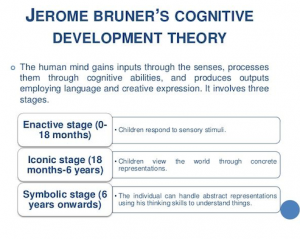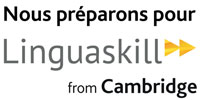Tips and theories
Thanks to the wealth of information collected through conversations with teachers and school faculty as well as classroom visits, Al and Malika have come to the following three conclusions:
1. Teaching English to preschool children can be challenging and requires specific training and knowledge:
When teaching young children, teachers become entertainers, singers, dancers, and actors in order to engage the child physically, emotionally, and intellectually.
One prop which can come handy is a puppet like our Teddy:
According to Kathryn Harper, “Puppets are a great way to encourage and motivate your pre-primary learners when learning a new language.”
Read the full article using the link below:
https://oupeltglobalblog.com/2018/06/08/10-ways-use-puppets-elt/
2. Teachers need practical teaching tips to keep their students focused and engaged:
- Teaching ESL can be challenging. Go to the link below to learn 7 useful tips for teaching English:
https://www.eslbase.com/teaching/teaching-esl-children - Children become easily distracted but there are practical ways to get and retain their attention:
https://www.thoughtco.com/tips-and-tricks-get-students-attention-2081544
3. Linking Bruner’s Theory with practice:

Implications on the learning process:
Bruner’s learning theory has direct implications for teaching practices. Here are some of these implications:
- Instruction must be appropriate to the level of the learners. For example, being aware of the learners’ learning modes (enactive, iconic, symbolic) will help you plan and prepare appropriate materials for instruction according to the difficulty that matches learners’ level.
- The teachers must revisit the material to enhance knowledge. Building on pre-taught ideas to grasp the full formal concept is of paramount importance according to Bruner. Feel free to re-introduce vocabulary, grammar points, and other topics now and then to push the students to deeper comprehension and longer retention.
- The material must be presented in a sequence giving the learners the opportunity to:
a. acquire and construct knowledge,
b. transform and transfer his learning. - Students should be involved in using their prior experiences and structures to learn new knowledge.
Written by BY MOHAMMED RHALMI


